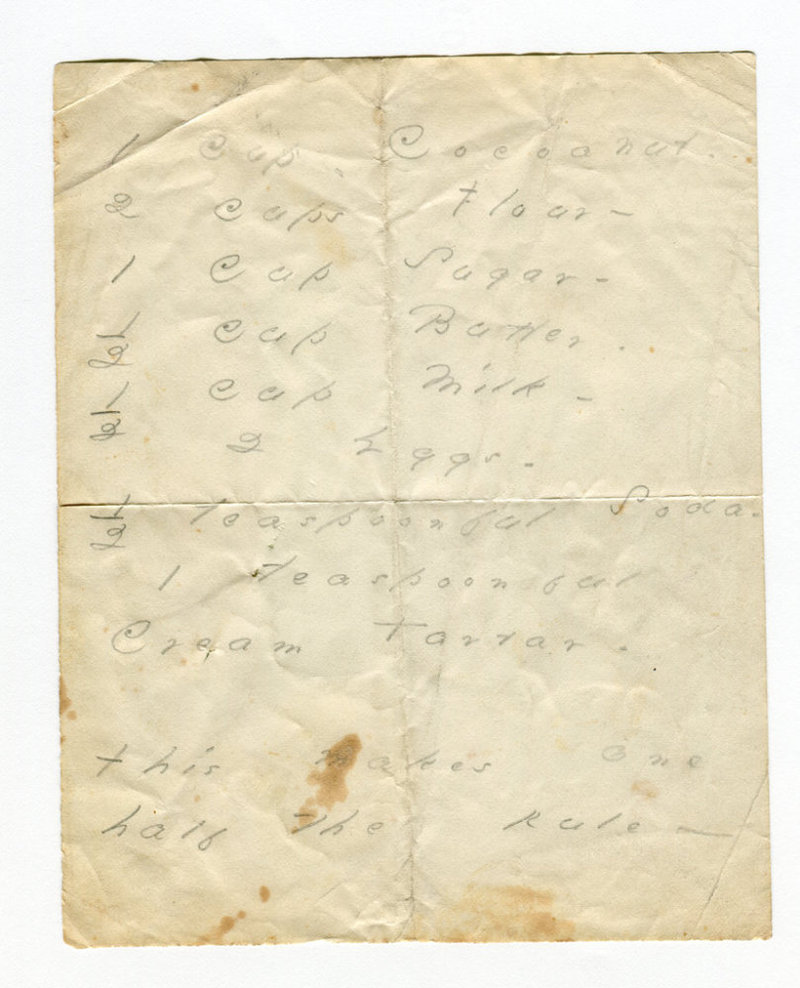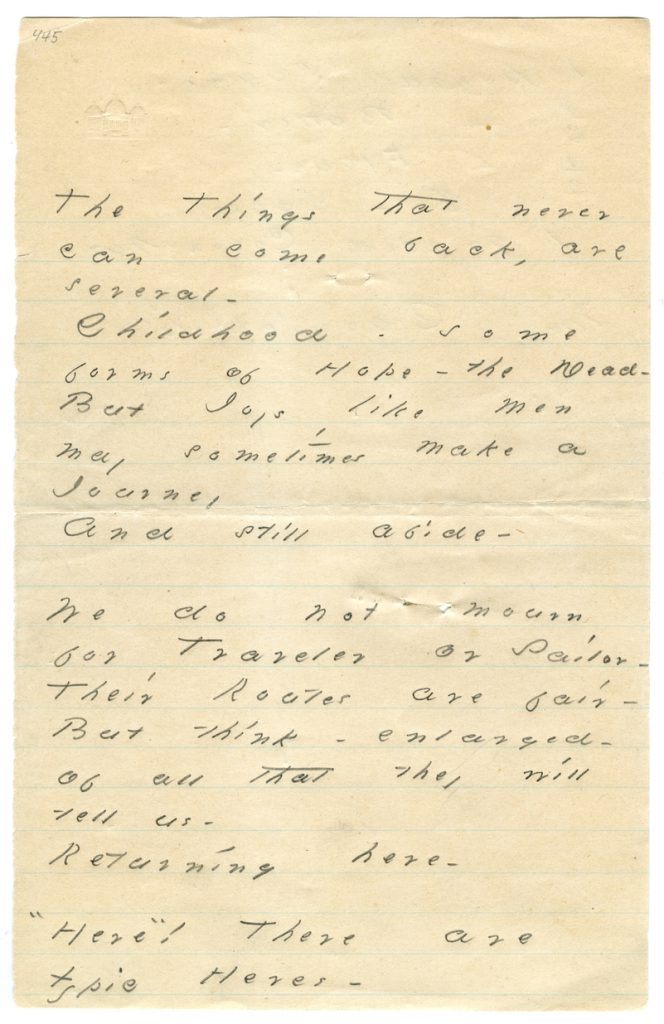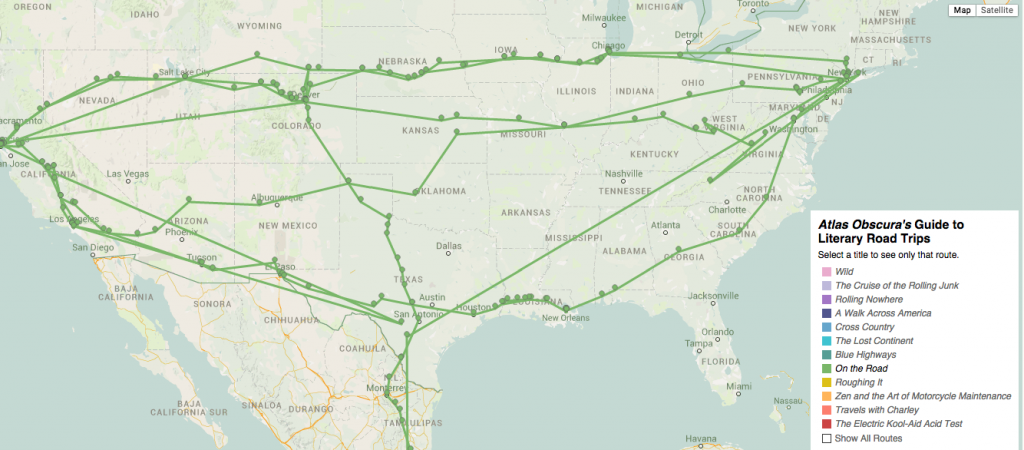Imagine a hat. Flip it upside down, and you’ve got yourself the outline of a story the public will never weary of, according to author Kurt Vonnegut, who maps it on out a chalkboard in the video above.
His Y‑axis charts a range between good and ill fortune. Vonnegut recommends positioning your main character slightly closer to the good (i.e. wealth and boisterous health) end of the spectrum, at least in the beginning. He or she will dip below midline soon enough.
As for the X‑axis, Vonnegut labels it B‑E, from beginning to end.
Now plot your points, remembering that it’s all about the curves.
Some popular themes include people getting in and out of trouble, and the evergreen boy gets girl. (The always progressive Vonnegut reminds his viewers that the genders in the latter scenario are always open to interpretation. Again, it’s the curves that count…)
Thinking about my favorite books and films, it seems that most do follow Vonnegut’s upside-down hat narrative arc.
Are there exceptions?
Horatio Alger’s rags to riches stories, for example. We should all be so lucky to find ourselves powering up such a steep uphill grade.
Of course there are exceptions!
Vonnegut himself identifies a particularly high profile one, whose geometry is less an elegant curve than a staircase that terminates in a free fall. (SPOILER: it involves a fairy godmother and ends in an infinity symbol.
Those weary of parsing story using the Hero’s Journey template should investigate Vonnegut’s graphic approach. It works!
Related Content:
Kurt Vonnegut’s 8 Tips on How to Write a Good Short Story
Kurt Vonnegut Explains “How to Write With Style”
Kurt Vonnegut Urges Young People to Make Art and “Make Your Soul Grow”
Ayun Halliday is an author, illustrator, and Chief Primatologist of the East Village Inky zine. Follow her @AyunHalliday






